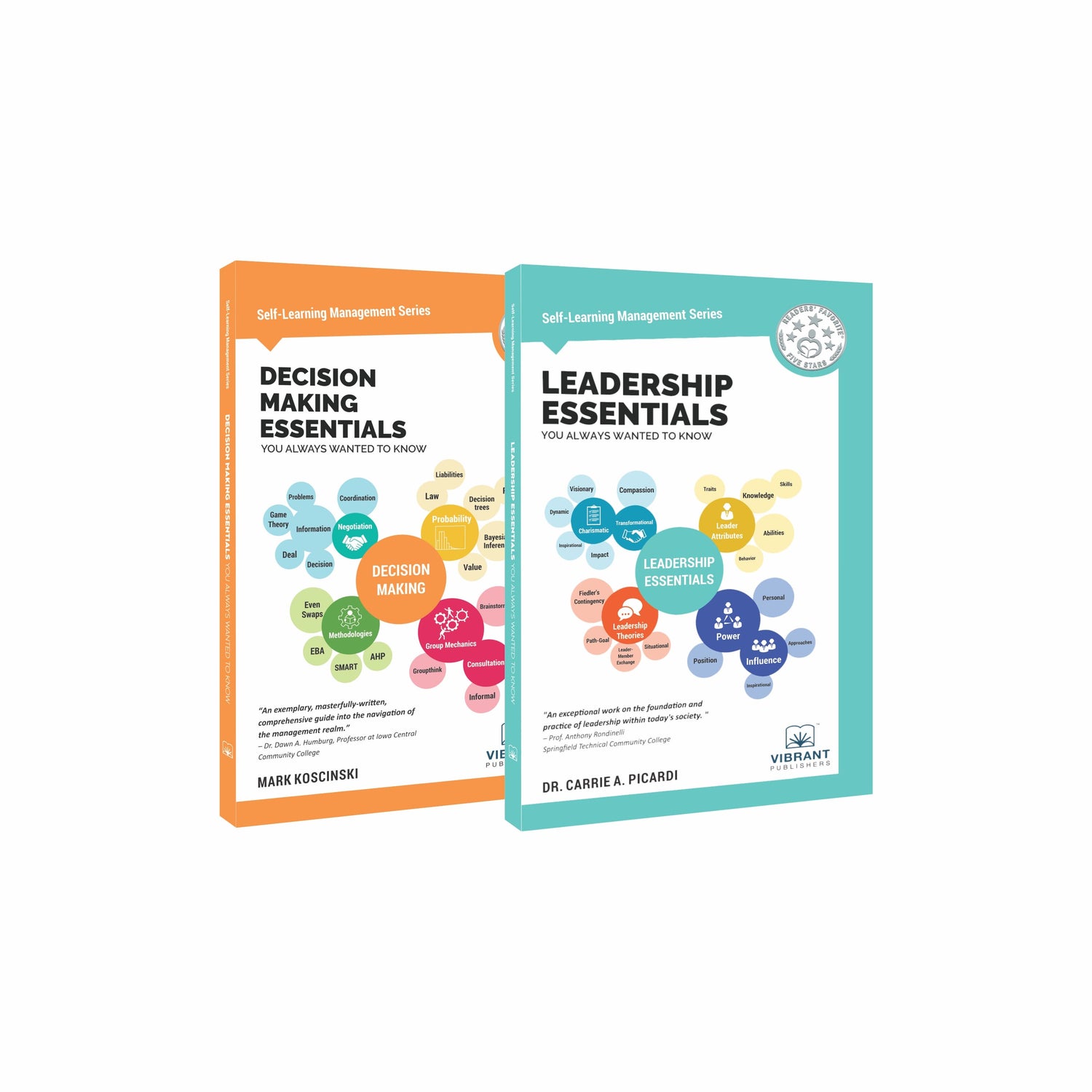Home
-
Blogs on ACT/SAT
-
Digital SAT Scoring Decoded: Scoring, Parameters, and Tips to Improve Your Score

Digital SAT Scoring Decoded: Scoring, Parameters, and Tips to Improve Your Score
Since the digitization of the SAT, the scoring system has become unpredictable and students beat their heads to find out where they went wrong (or right). In this blog, we will explore the mechanics behind the process of scoring, the parameters that the College Board uses to evaluate a test, and also look at some tips to improve your score.
The Digital SAT (or SAT) consists of 2 sections called the Reading and Writing (R&W) and Math sections. Each section has 2 modules: the first one is an assortment of easy, medium, and hard questions and the second one includes easy or difficult questions as per a student’s performance in the first module. How a student performs in the first module decides the difficulty level of the next module. For example, if a student performs well on Module 1, the next module will be relatively difficult. College Board has adopted this Multistage Adaptive Testing (MST) model to ensure a fair testing experience for students across all knowledge levels so that every student gets an equal chance to score high and ultimately, get admission into their dream college.
Both sections are scored on a scale of 200-800 with the whole test being scored on a scale of 400-1600.

Test takers usually aim for a score above 1500 to secure admission to the college of their choice. To score 1500+ on the test, an average score of 750 must be secured for both sections. Of course, these are idealistic conditions and every student has his/her strengths and weaknesses. A student may find the R&W section a no-brainer but may struggle in the Math section and vice versa. The key to scoring a 1500+ is to leverage your strengths and improve on your weaknesses. Read more on how to do this in the Tips section.
The College Board has set up a benchmark for both sections. These benchmarks indicate a student’s preparedness for college. If a student scores 480 on the R&W section and 530 on the Math section, he/she is ready for the first year in a credit-bearing college. In short, the benchmarks indicate whether a student is college-ready or needs more practice.
Scoring Parameters
College Board has provided some parameters upon which a student’s test is scored. Each question is worth 1 point and there is no negative marking for incorrect answers.
- Correct or incorrect answers: The most basic parameter is the correctness of your answers. If your answer is incorrect, you lose marks.
- Difficulty level of questions: All questions are assigned a difficulty level (easy, medium, and hard). Some questions are attributed for their higher difficulty and hence, hold more weightage than other questions. If you get these questions correct, your chance of a high score increases. You cannot know which question holds more weight so it’s better to answer all the questions even if you don’t know the correct answer.
- Content-based benchmarks: Both sections test a range of college-readiness skills. The R&W section tests vocabulary, inferencing, information synthesizing, and some quantitative data interpretation skills. The Math section tests the student across the domains of Algebra, Geometry, Problem Solving and Data Analysis, and Advanced Math. Both sections are attributed certain benchmarks (unknown to us) to assess whether a student is ready for college and that affects your score.
The score table given below indicates how much you can score after your raw score is converted into a scaled score.
PLEASE NOTE: This table does not reflect the College Board’s scoring system in any way and is only a simpler way to assess yourself.

Read your scorecard
The SAT scorecard includes the scores of both sections, a total score, percentiles, and performance review across domains. Here’s how you can read and make the most out of your scorecard.
Percentiles

On the above scorecard, you will notice a percentile given beside each section score and total score. An 87th percentile in the Reading and Writing section means that the student has scored more than or equal to 87% of students who took the SAT in the last 3 years. Similarly, the student scored more than or equal to 65% of students who took the SAT in the previous 3 years.
If you have appeared for the SAT multiple times, the scorecard can be a good indication of your strengths and weaknesses. The SAT tests students across four domains in each section:

We can quickly analyze from the scorecard that the student’s strength lies in the R&W section but he/she needs more practice in the Math section to reach the benchmark of 530 or more. One can even focus on each domain to figure out which area to work on (this student needs the most practice in Algebra and Problem Solving and Data Analysis domains) while which domains can be paid less attention to (in this case, Craft and Structure).
5 Tips to Improve Your Score and Get into Your Desired College
Here are some simple yet effective tips to increase your score for the Digital SAT. While you may have heard these tips a million times, following them consistently and diligently is the only way to achieve your desired score.
1. Expose yourself to a plethora of questions
Exposing yourself to a plethora of questions will improve your reading comprehension skills and train your mind to find patterns. SAT questions are not rocket science—all questions have a certain logic and you just need to solve them many times to crack it. You will also become familiar with the language SAT uses and how it creates options and distractors to trap you. Besides the six practice tests that College Board has provided, you can practice with Vibrant’s 2000+ practice questions.
2. Find out your weak points and attack them
By taking a simple diagnostic test you can find out your weak areas and create a study plan to practice. If your weak point is Advanced Math (which makes up 35% of the Math section), solve questions in that domain every day for 2 hours. Practicing every day will remove your fear of the question type and increase your chances of scoring high on that section.
3. Read pieces with a complex structure
Reading passages/pieces with complex sentence structures and difficult vocabulary will improve your reading comprehension skills. While SAT passages will not have college-level vocabulary and complexity, they will test you on your college readiness. To be college-ready, you need to showcase higher comprehension skills which you can develop by reading news, literature, opinions, science articles, experiments, etc. Some websites to add to your daily reading are ScienceDaily, The New Yorker, Longform, and Longreads.
4. Take a practice test every week
Practice tests are a great way to get accustomed to the test. You become aware of the sequence of questions (Words in Context questions are always asked first) which can help you plan the way you want to appear for the real test. If you wish to solve questions that you find difficult at the beginning, you can directly jump to them and get done with them. Practice tests also make you confident for the real test and leave no surprises for the end. Take timed practice tests at least once a week so that you can adjust your speed and know which areas to work on for the next one. Vibrant’s new book Digital SAT Practice Tests: 900+ SAT Practice Questions gives you just the practice you need. The book includes 5 in-book practice tests, 1 online adaptive test, and 1 diagnostic test. Each in-book test has 3 modules for each section as opposed to 2 modules.
Additionally, College Board provides a bunch of free tests on their website to familiarize test takers with the layout of the Bluebook App and assess their test readiness. Besides these tests, Vibrant’s Online Mock Tests are a replica of the Bluebook App and are designed just like the real test. With adaptive modules, the Mock Tests are good for the extra practice you need before test day.
5. Answer all questions
As mentioned before, answer all questions regardless of whether you know the correct answer. This increases your probability of getting a question correct rather than not attempting it.
In conclusion, understanding the scoring system of the Digital SAT is tricky. Thus, follow the tips given above to increase your chances of a high score to get admitted to your dream college.
Related blogs:Share











